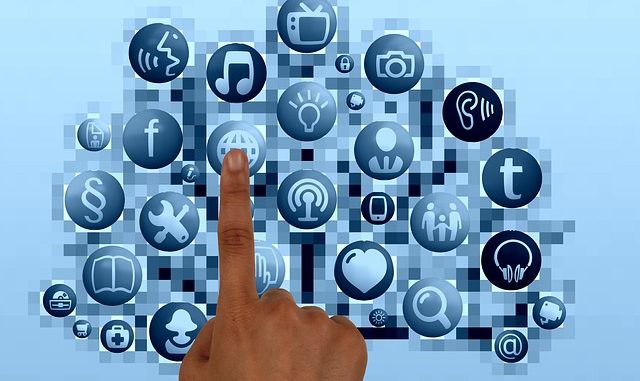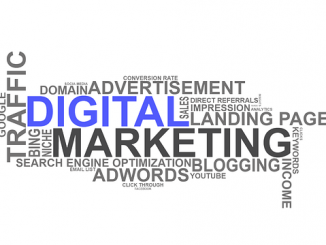
A French bank is currently deploying an advertising campaign on this theme. Would it also make sense in the energy world?
Sometimes by vision, sometimes also by mimicry, many utilities have embarked on the digitization of their activity: WEB sites, dematerialized processes have developed with more or less happiness and results.
These fruits of the digitization have often come out of the imagination of marketers, proud of having designed beautiful “products” but their impact has not always been measured with customers. The results are often surprising:
- Their impact is much higher in professional customers than in residential consumers.
- Dematerialized processes (account opening, termination of subscription, management of a move, dematerialized invoice) are generally well adopted, especially by customers having generalized the use of this type of service. The value is clearly perceived. But it should not be forgotten that a significant part of the individual customers does not use, by will or by difficulty, the internet for their procedures.
- Despite efforts to present them clearly on the WEB sites, offers dedicated to individual customers are not well known to them. In countries where the electricity and gas market is open to competition, price comparators guide consumers to select an offer, only based on price. But it seems difficult, via the internet, to draw attention to the other criteria of differentiation of offers.
- Spontaneously, the service offers for households also have little impact: choosing a new mode of heating remains complex, engaging in energy savings is rarely attractive, the value brought by maintenance services or new types of meters is badly perceived.
However, some utilities have succeeded in developing web services: a guide to developing photovoltaic production, a guide to choosing energy-efficient products, etc. But in all cases, these services were initially presented and sold by various ambassadors of the utility: at the utility counter, meter readers, door-to-door.
A contact between the customer and the utility has always allowed consumers to better understand his need (yes!), to better understand the solution provided by his energy provider, to be more familiar with the proposed web tool, to establish a link of confidence around the energy company and the service.
And this human contact is highly praised in many customer surveys carried out by energy companies. The digitization in support of the human contact: YES, in place of the contact: NO seems to be a fairly unanimous wish in all countries.
Part of the commercial battle will take place in the energy market, in front of the customer, in direct connection with him: the opportunity to visit a customer becomes essential.
For the professional customers, the usual reasoning is not in default: the potential of business is such, with each of them, that the utilities appoint a dedicated interlocutor for all of them. For individuals, the cost of such contact is too high. This is partly the reason why energy companies have quickly considered the digitization as a way to “be in touch” with individuals at low cost without having to bear the cost of a “sales force”.
In the residential sector, energy companies had an opportunity to visit their customers: they were used to read their meters. With the emergence of communicating meters, these opportunities for contact with customers disappear. Representatives of the energy world that are most frequently present in households, are now maintenance companies (heating, for example) and, to a lesser extent, electricians. They are likely to become among the toughest and most efficient competitors to energy providers in the residential sector.
They are best placed to gain the confidence and the necessary listening of customers to advise them on their future energy systems.



Leave a Reply